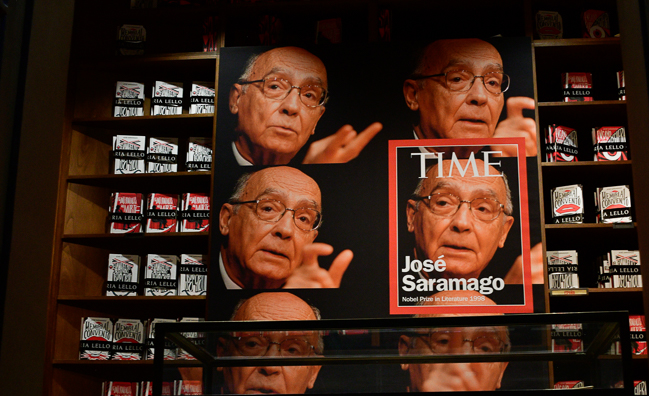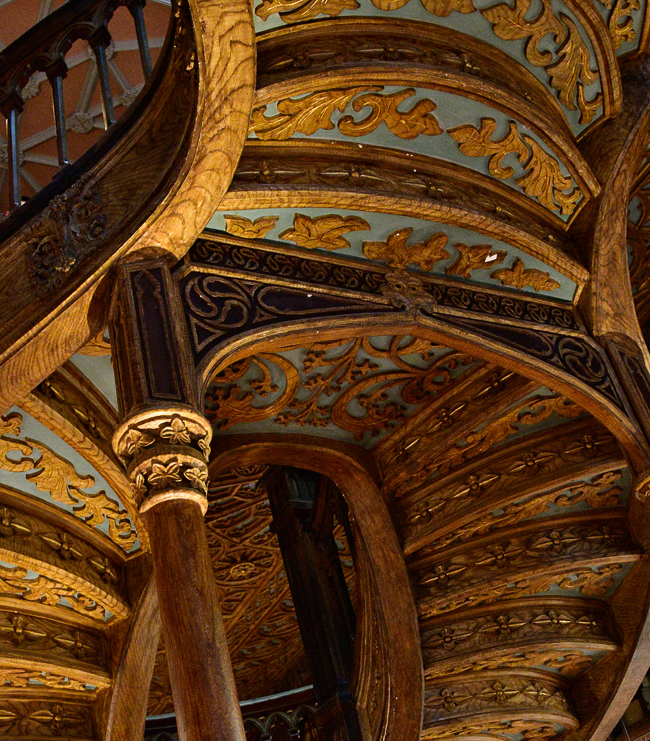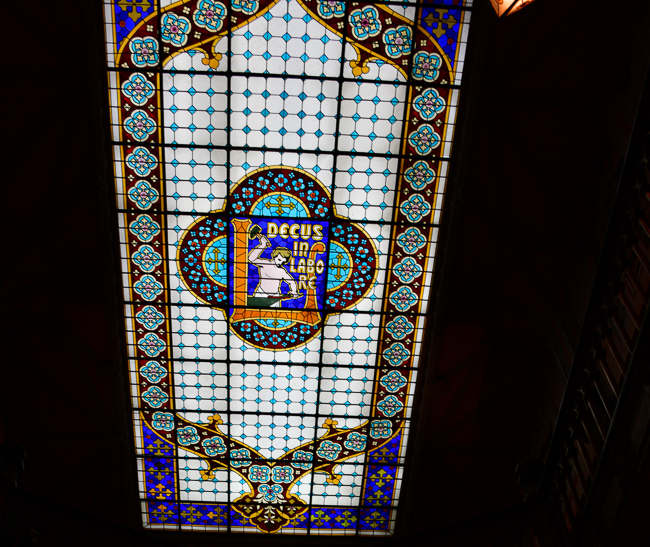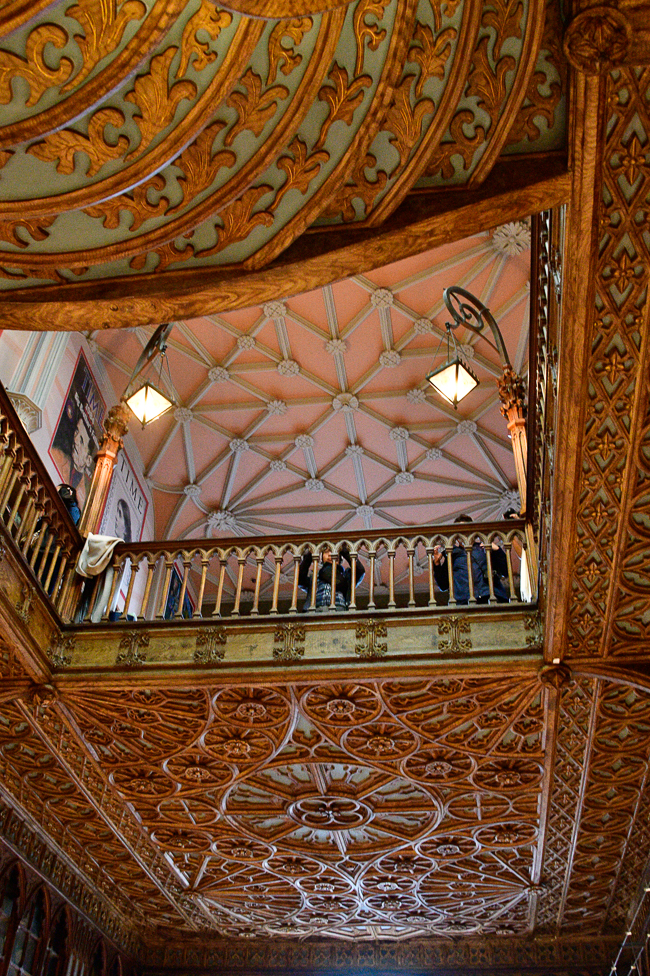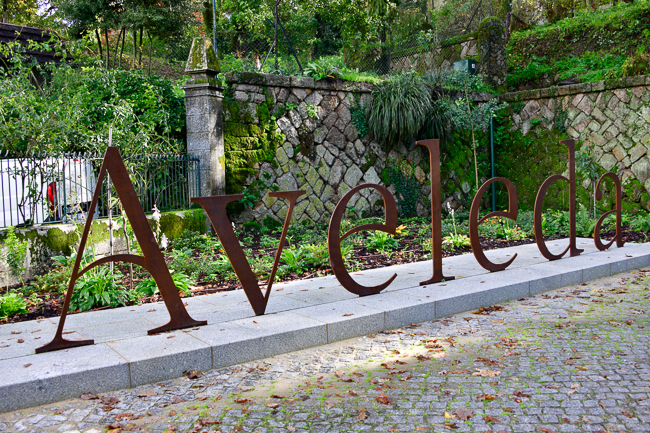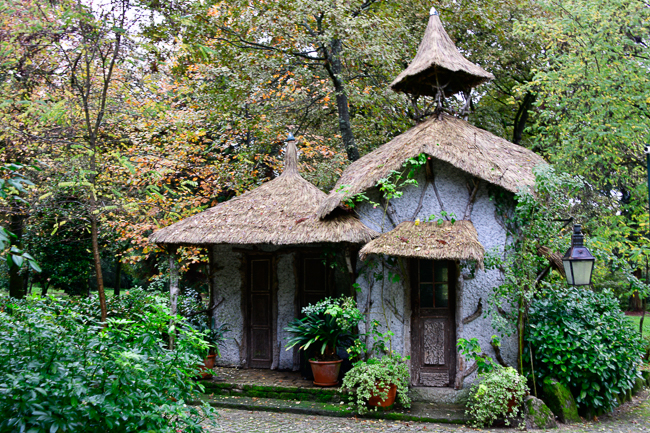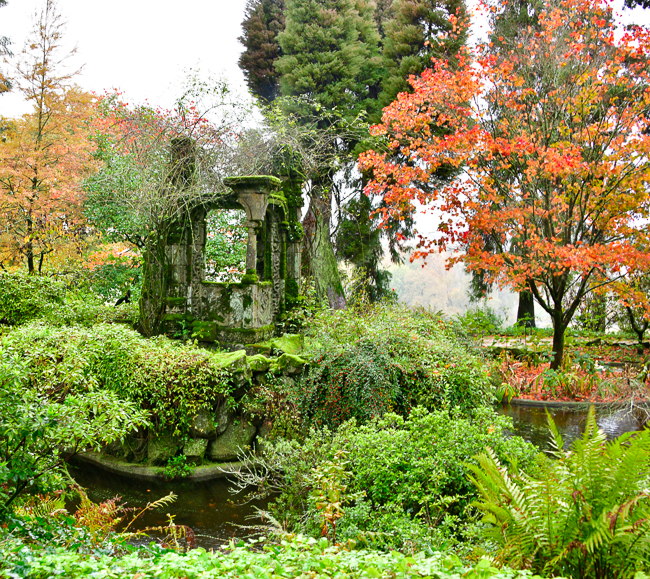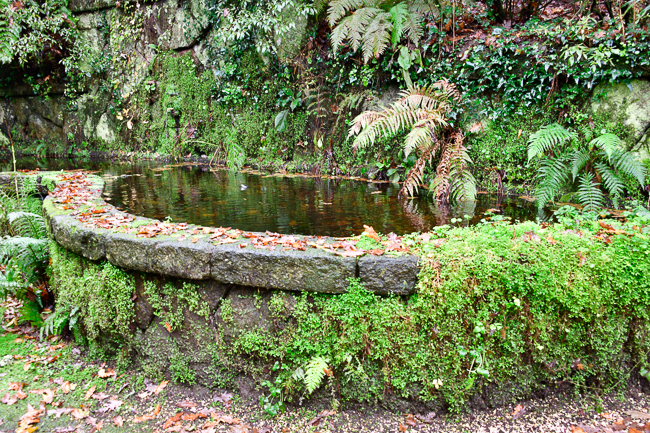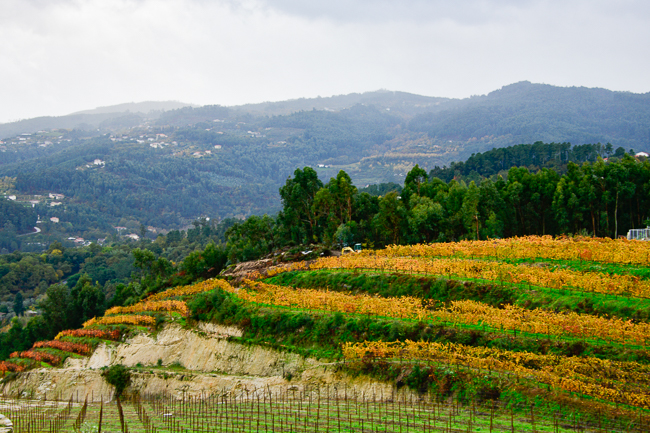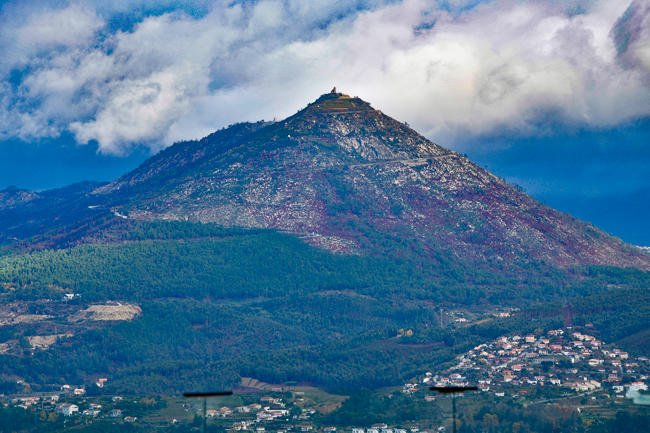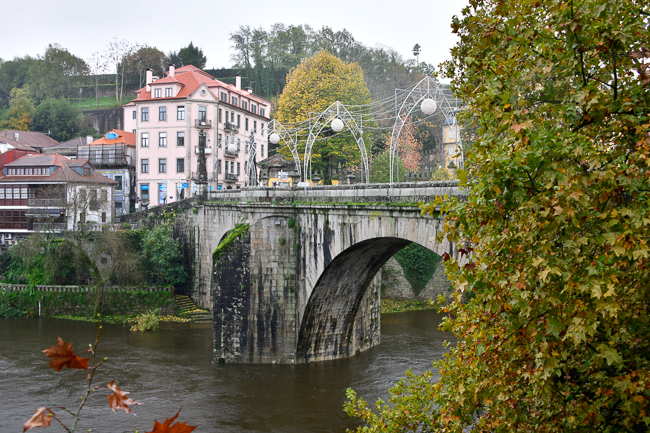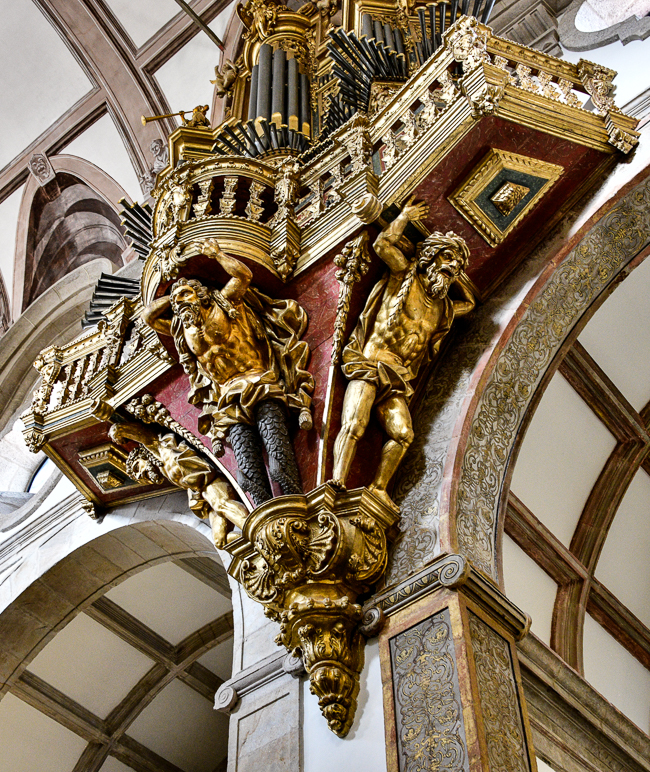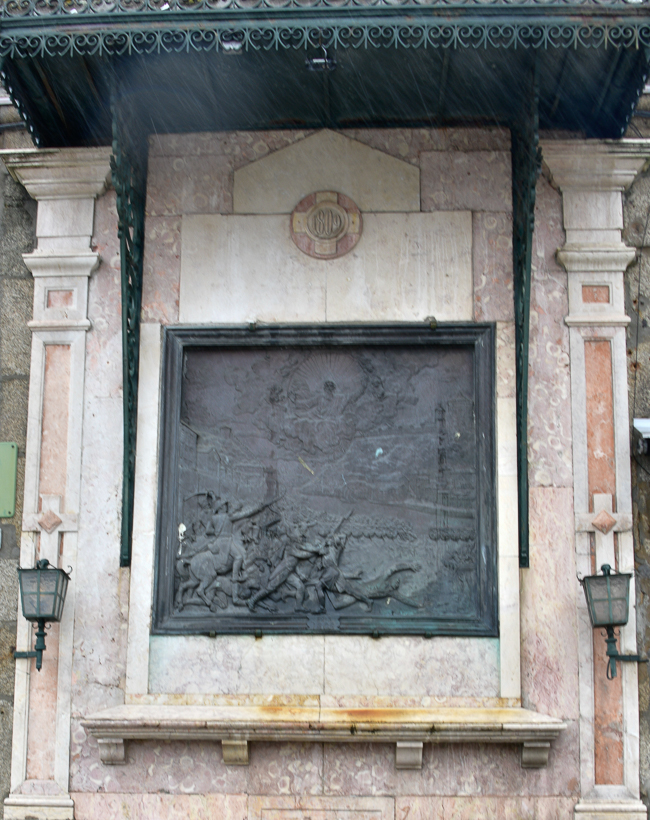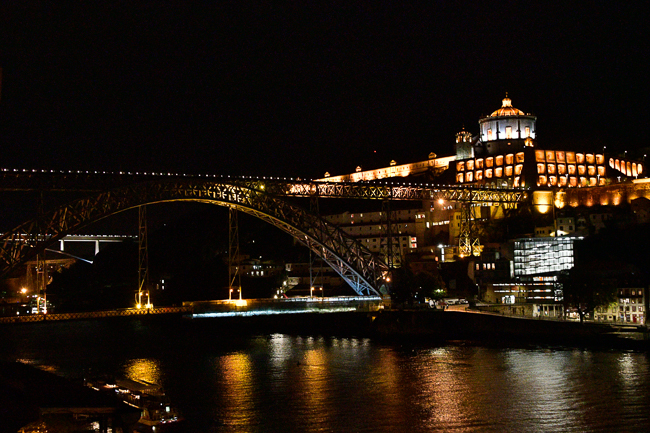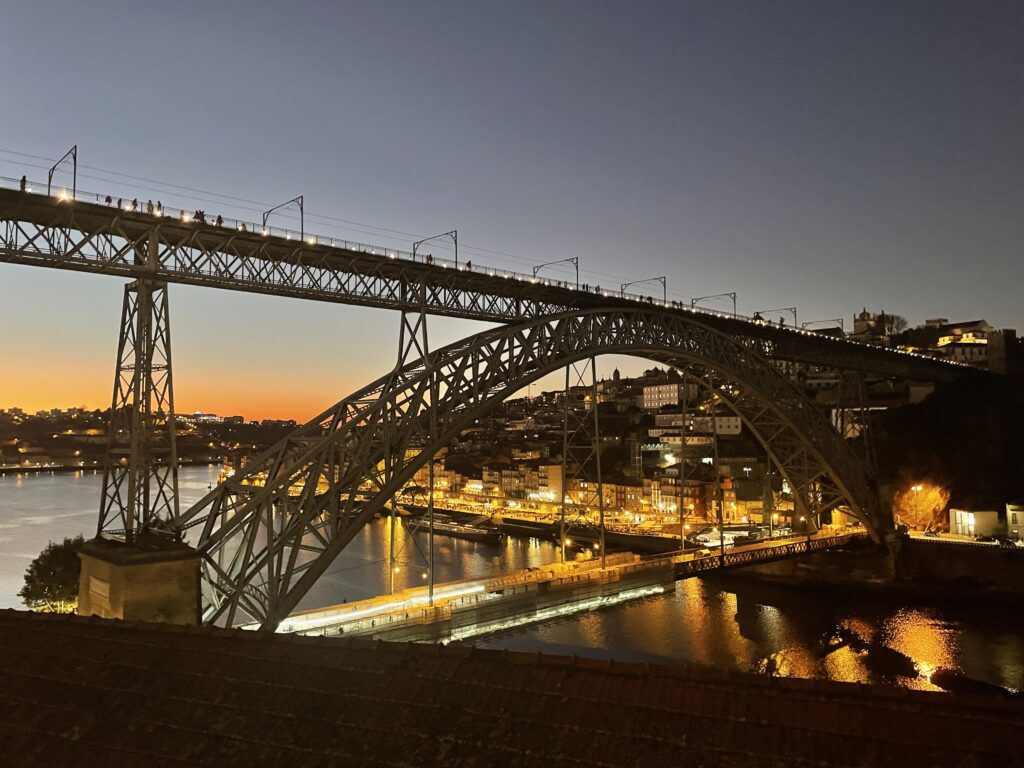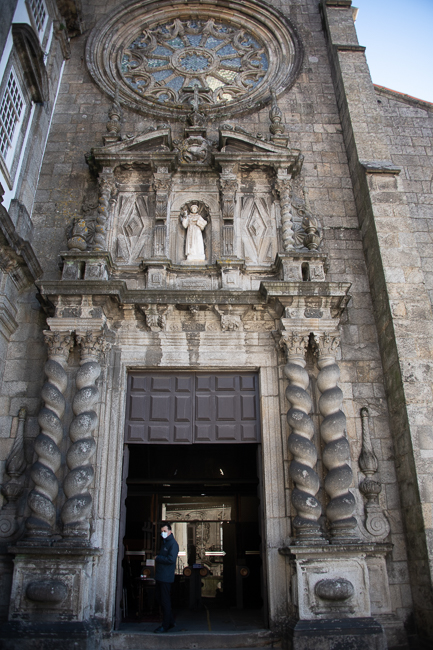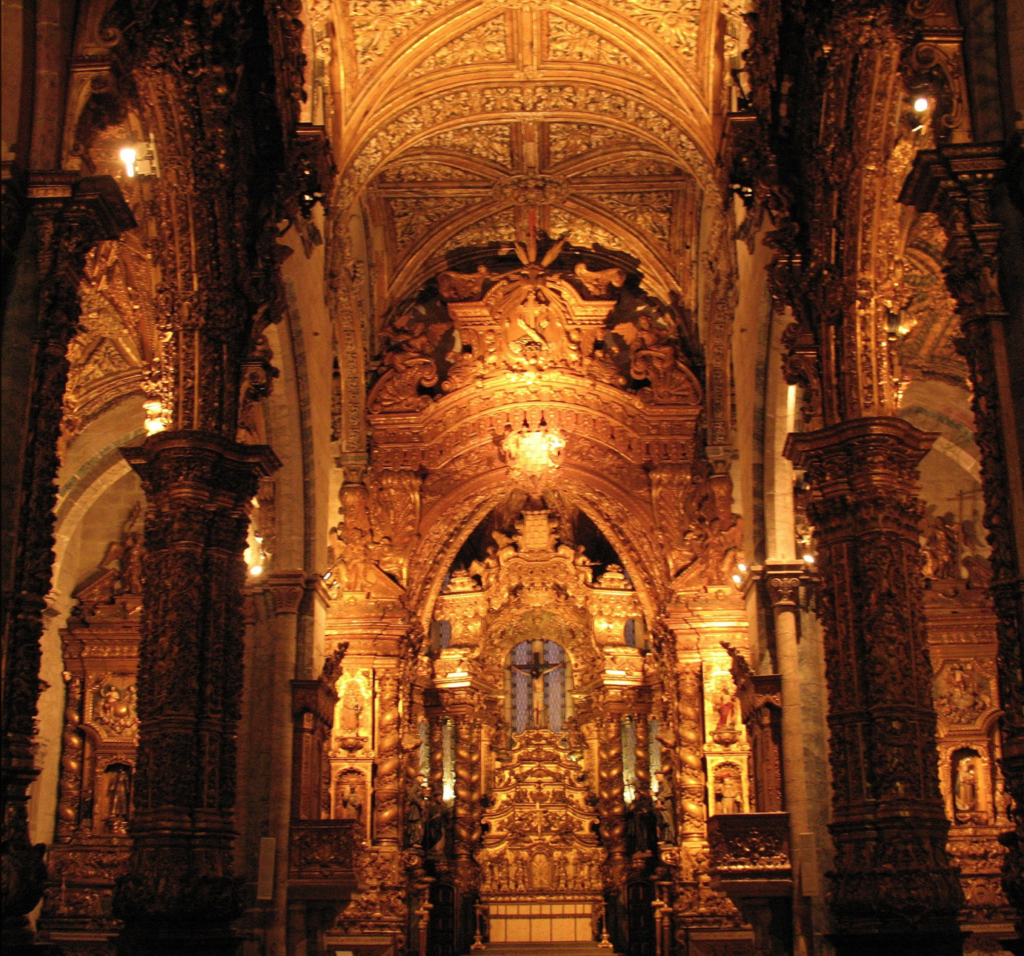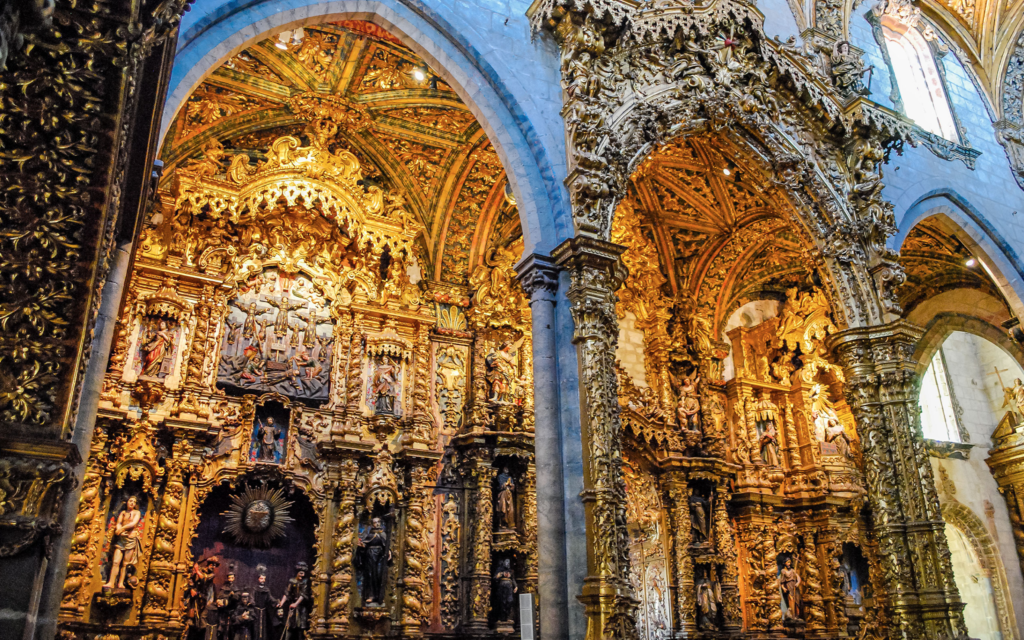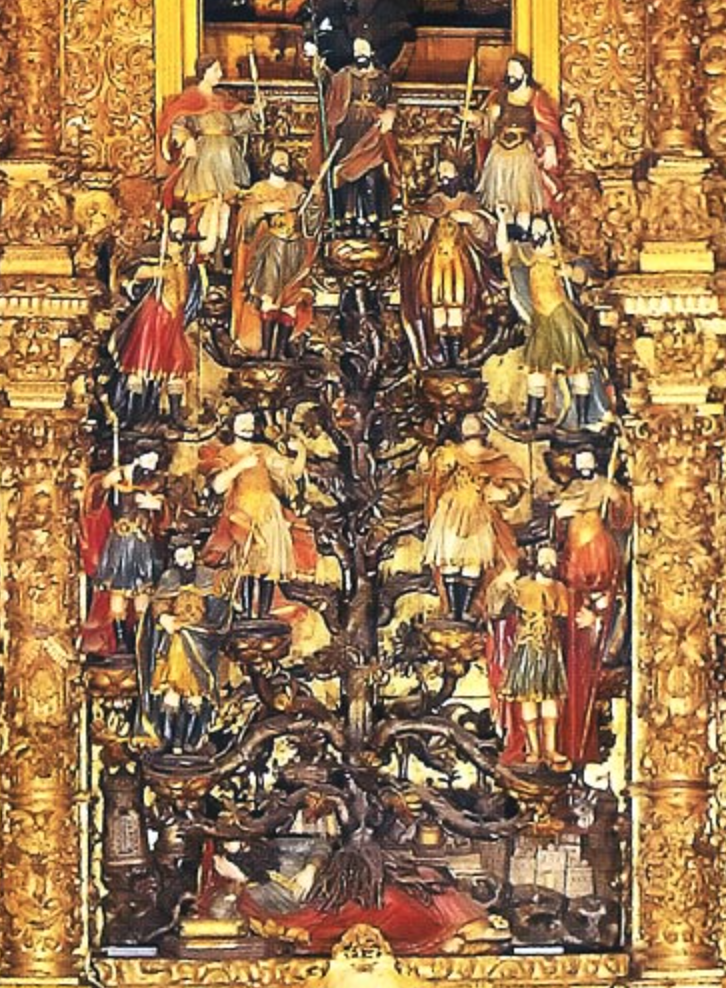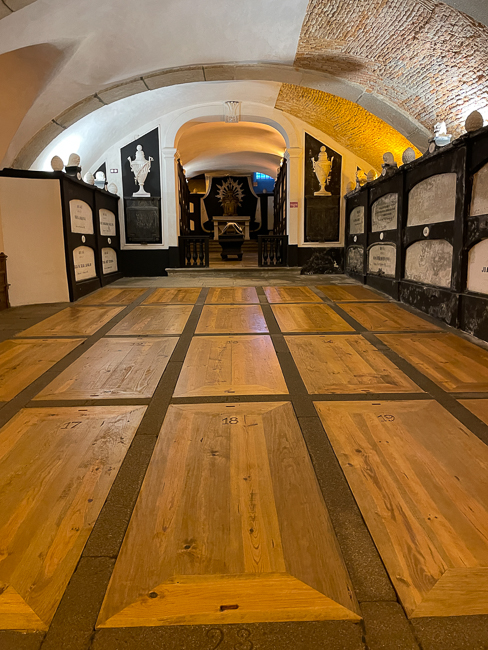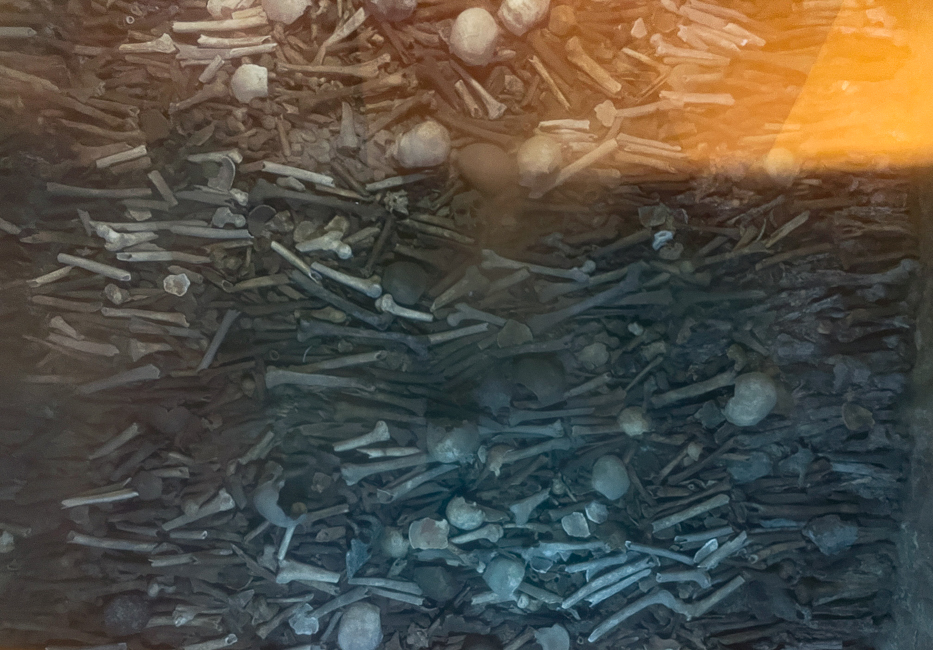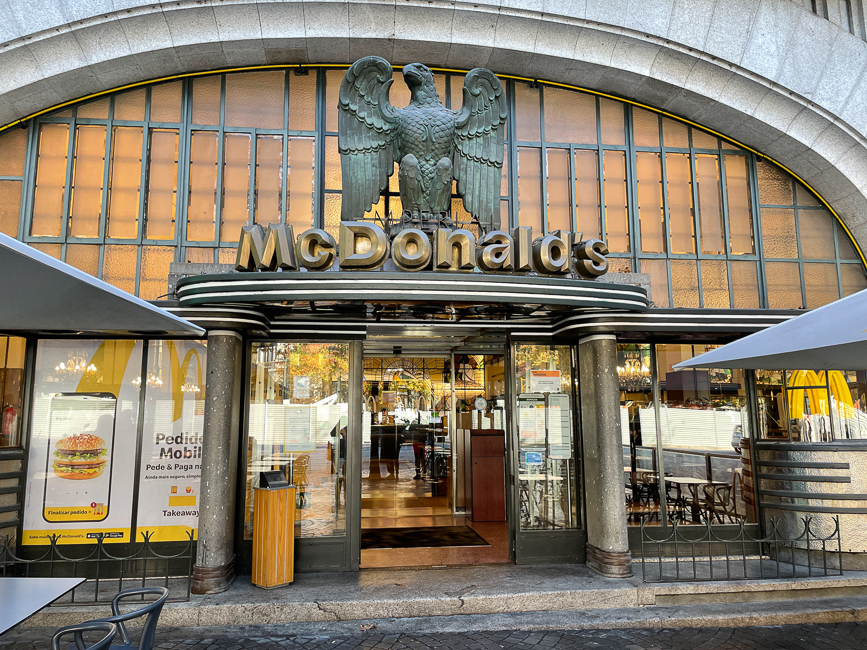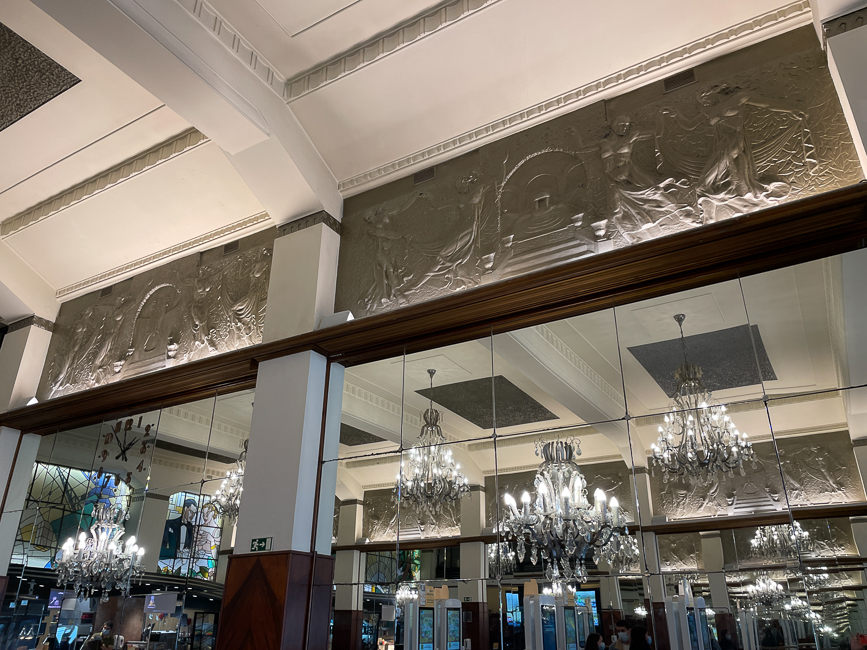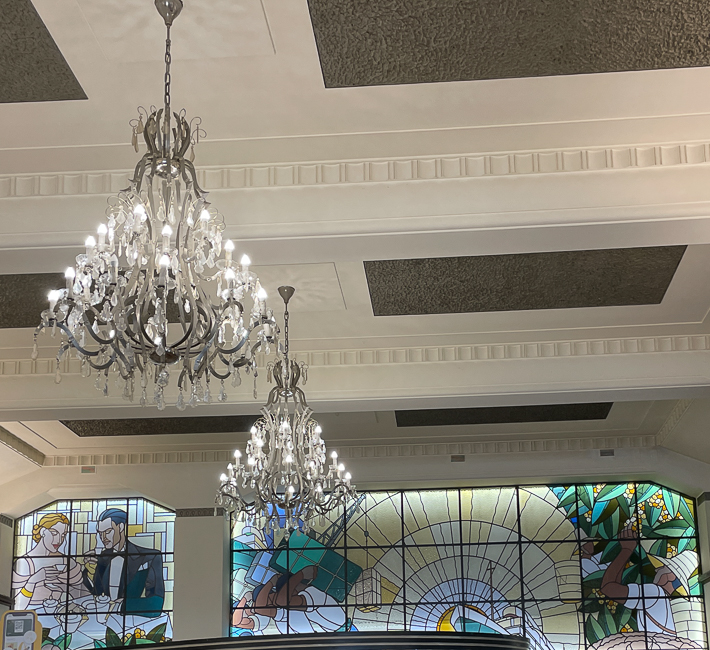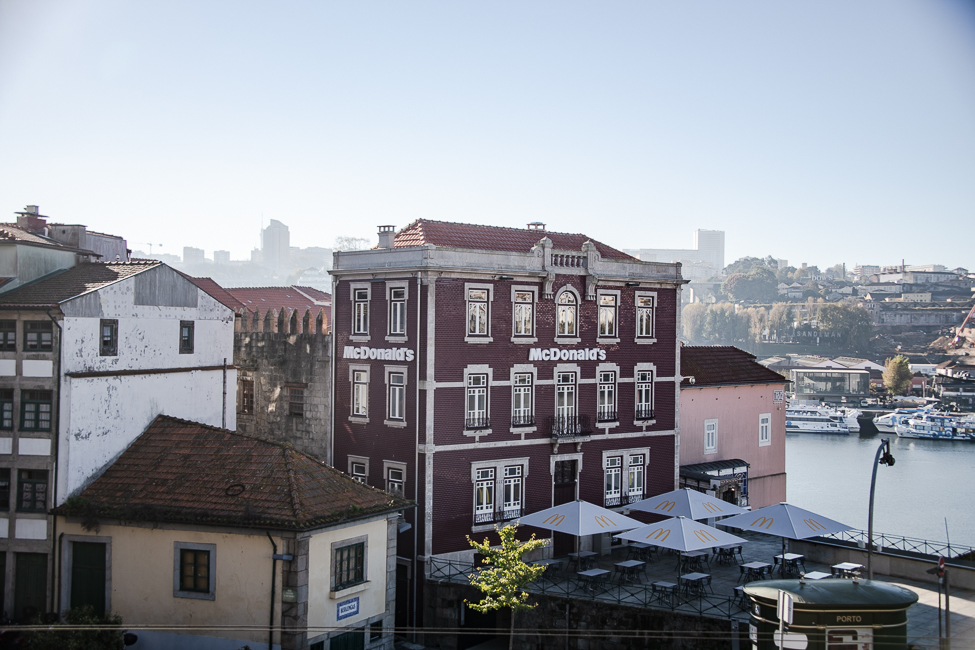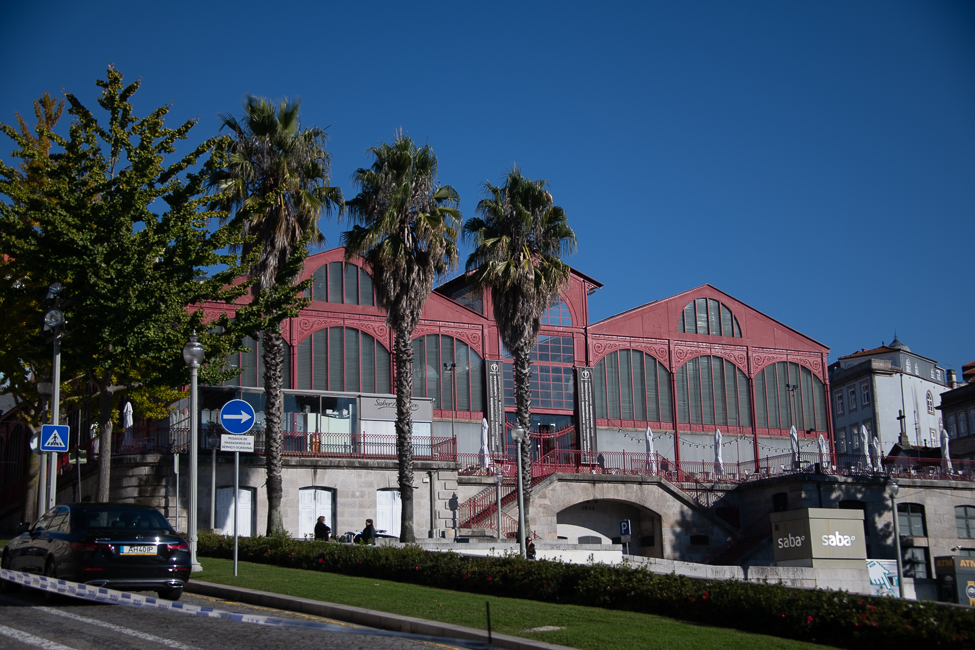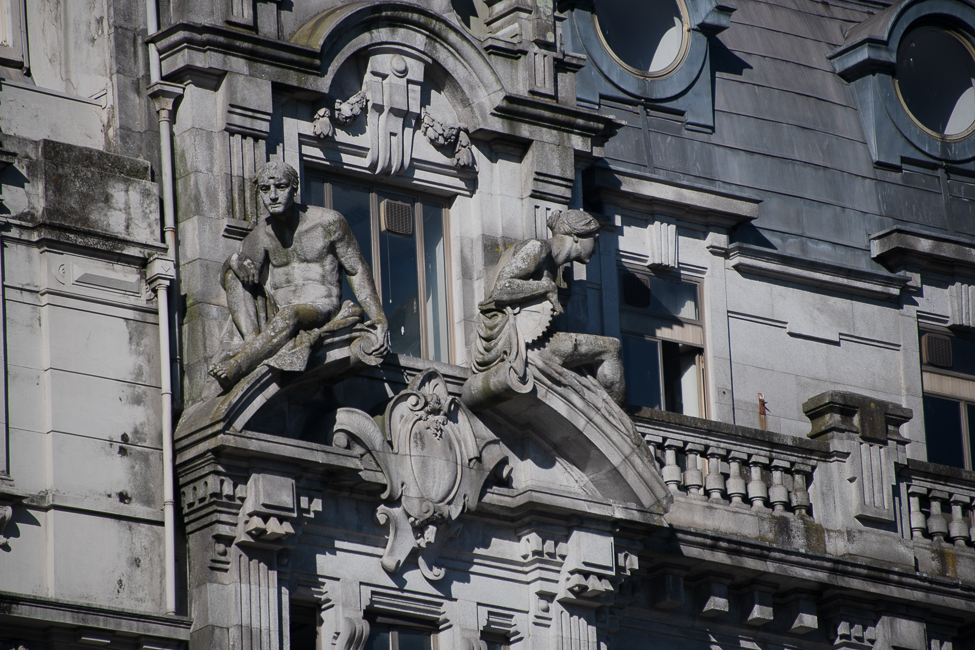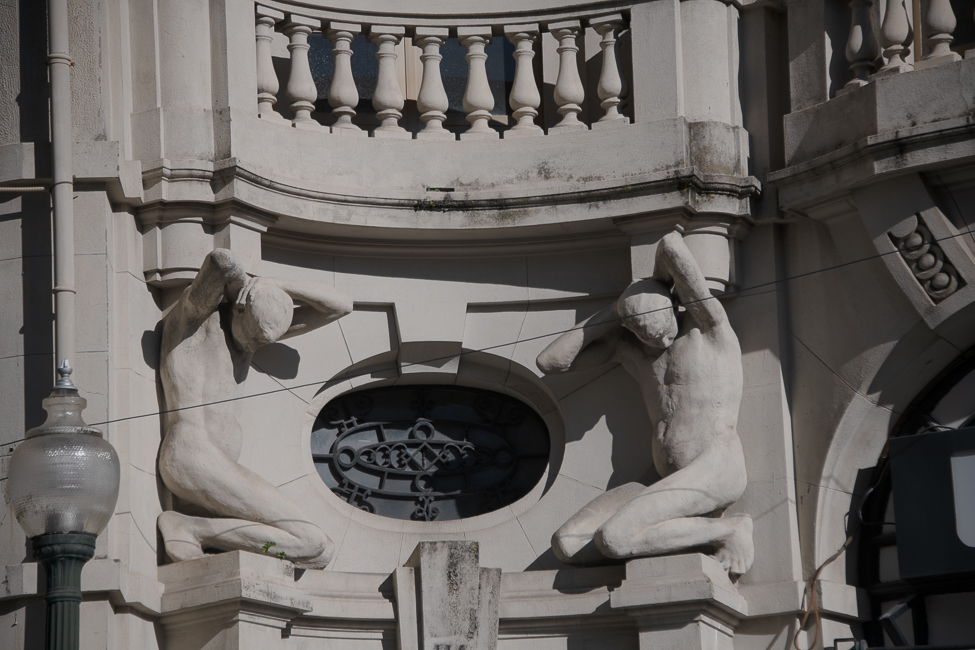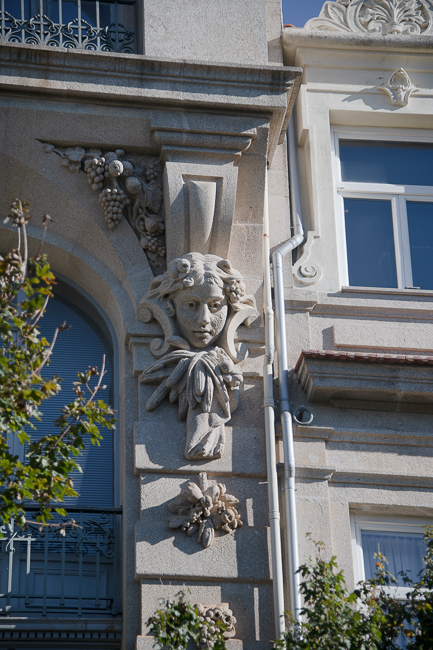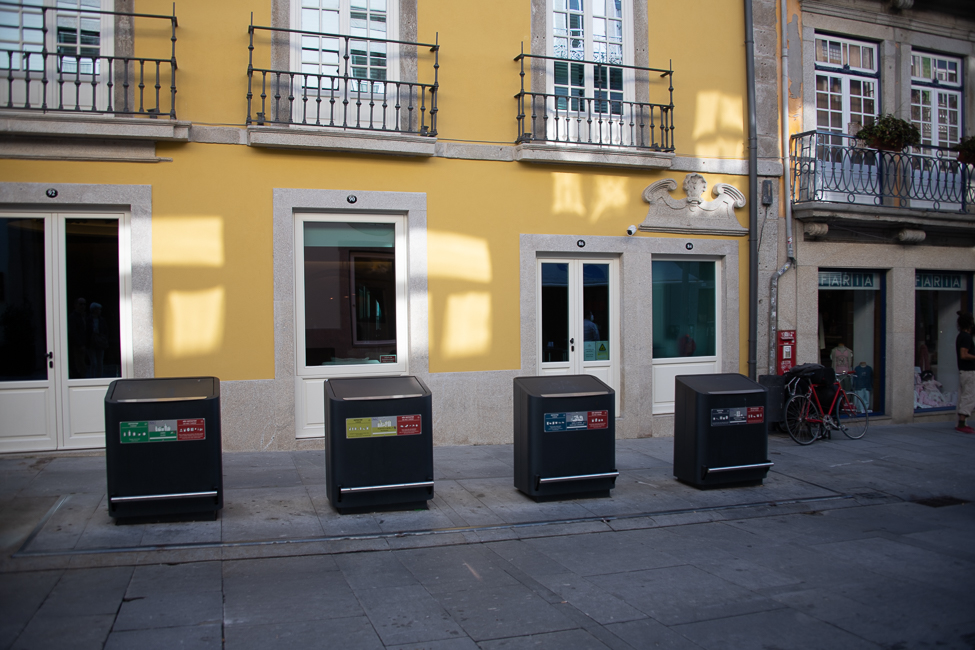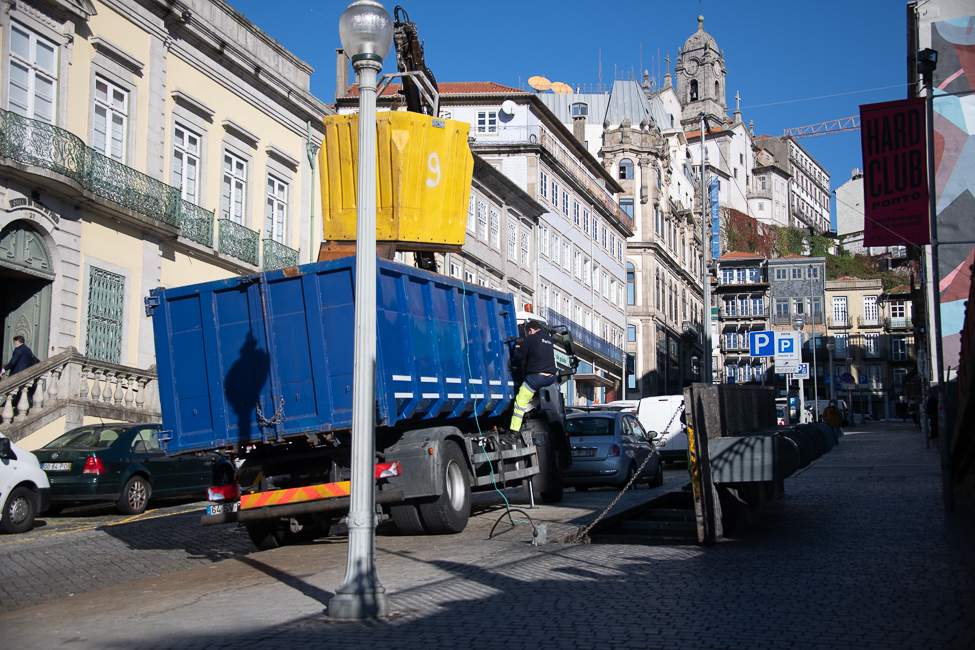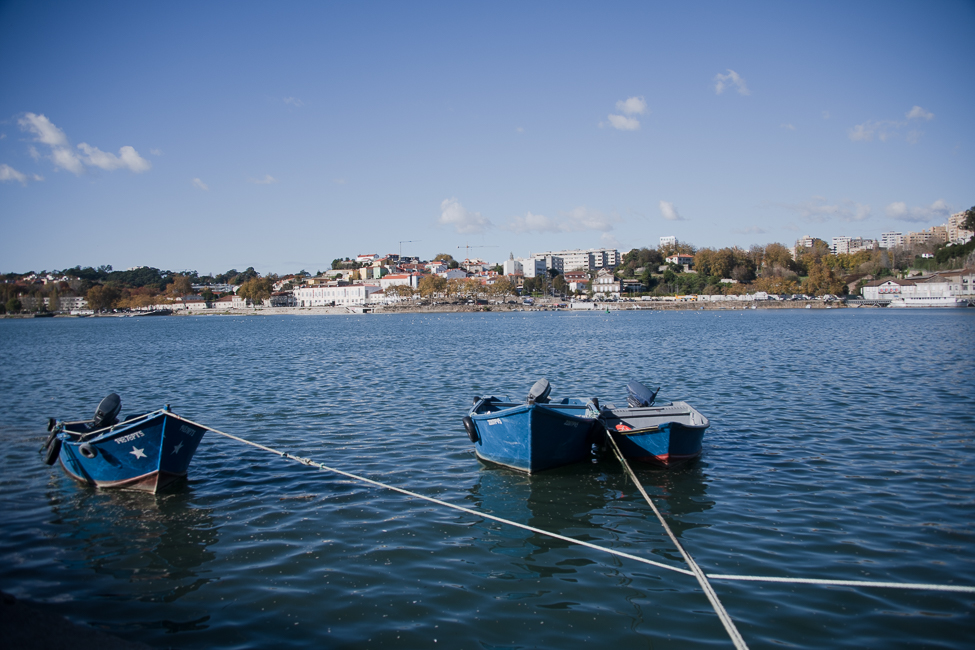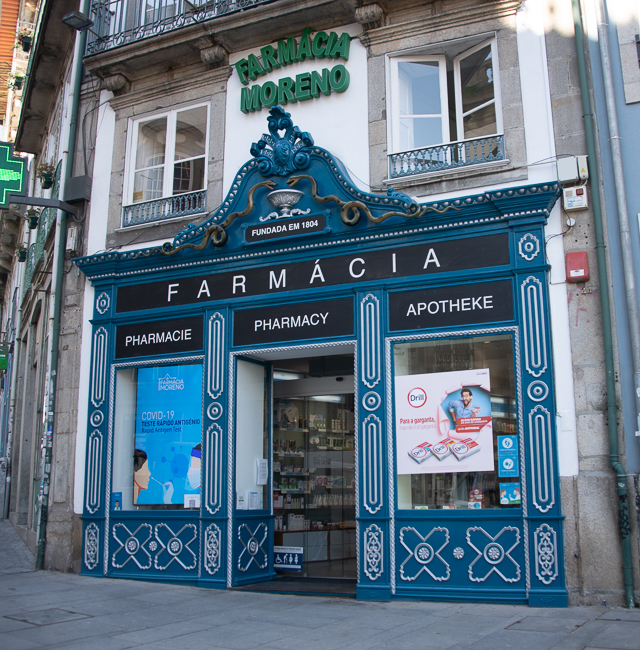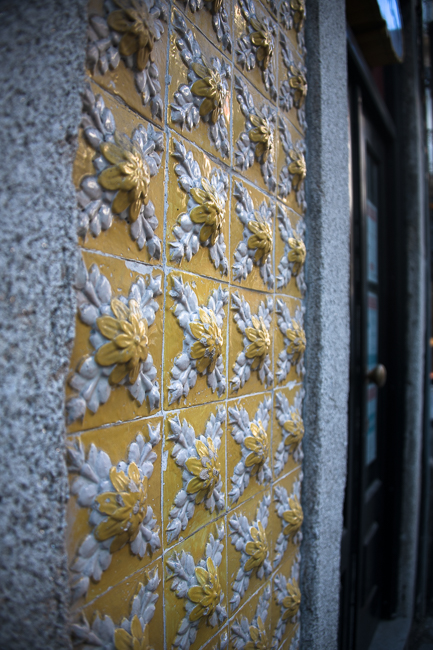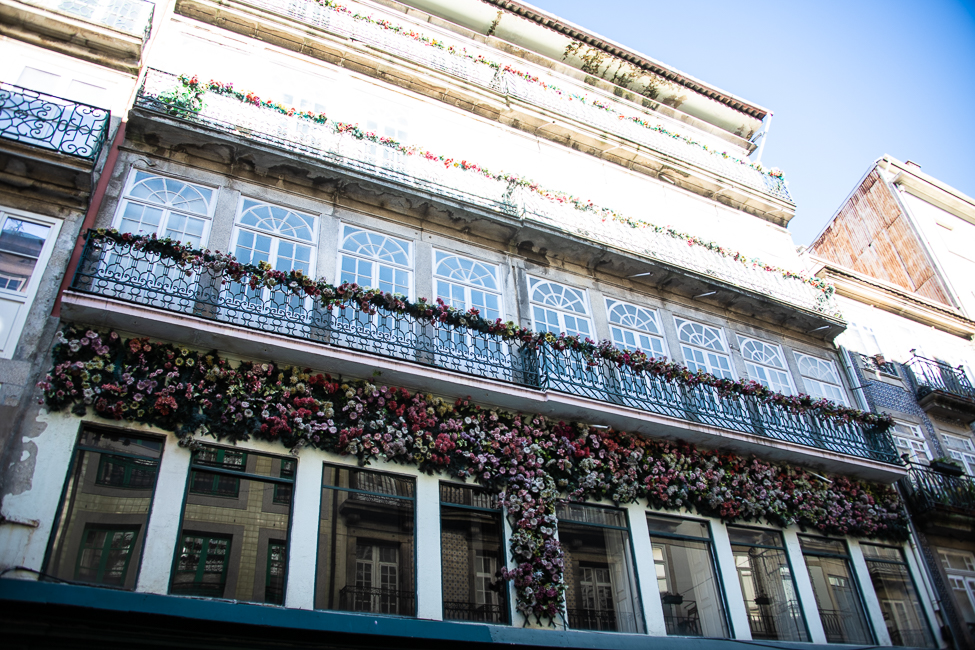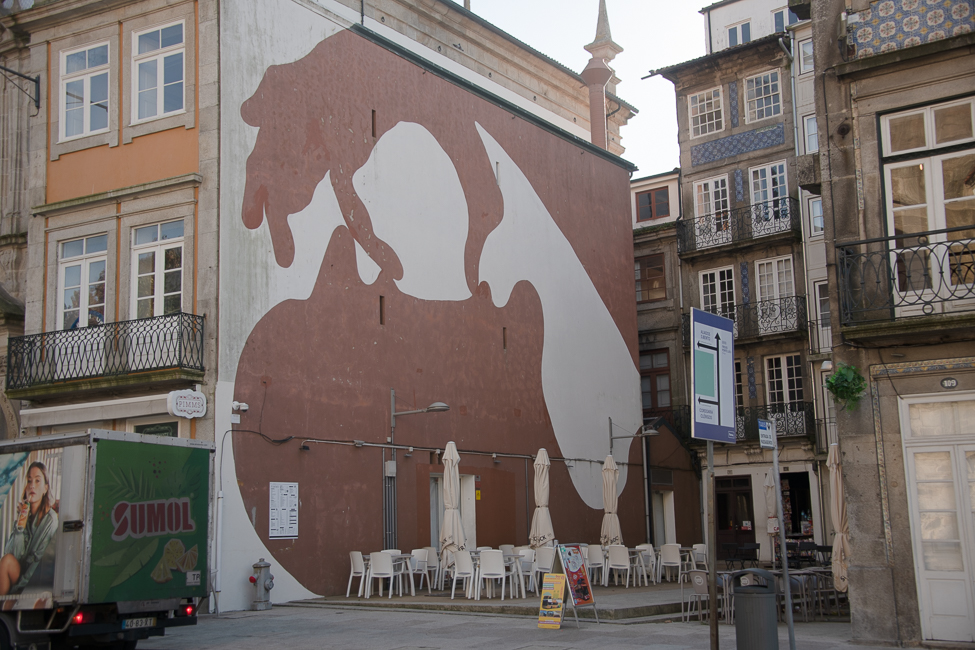November 2022
This is my second trip to Porto and this trip is less about discovering the city and more about discovering the wine.
I did not get to the famous bookstore, Livraria Lello, on my last visit, so I will begin there. You can now buy 5€ jump-the-line tickets with the money going towards the purchase of a book. The lines are still long and the crowds are still large. The crowds are only annoying because so many people don’t care about books, they are just there to Instagram themselves.
I was excited to find an entire room dedicated to Jose Saramago, whose house and grave I visited when I was in Lisbon. Sadly, none of his books were available in English. I discovered this fact on my last visit, something to do with the author’s estate changing publishers, and the lack of rights to the English language publications.
A little over 100 years old, Livraria Lello is an art nouveau gem. Pictures on the other hand were difficult at best with the amount of Instagramers hanging around in every interesting architectural nook.
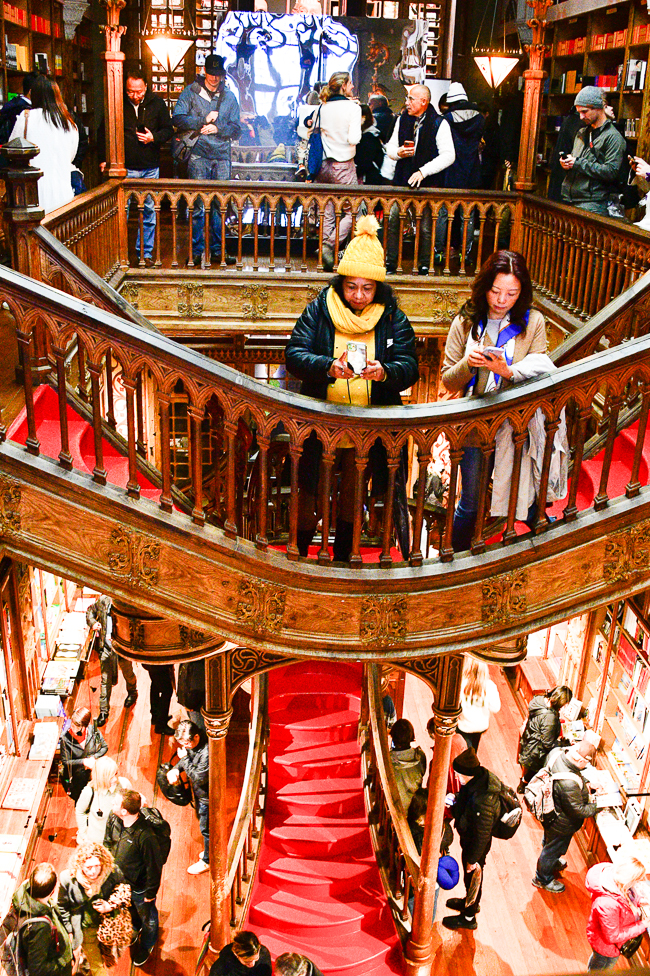
*
I was able to purchase Love of Perdition by Portuguese author Camilo Castelo Branco. The 1st Viscount of Correia Botelho, and a prolific writer of the 19th century, with over 260 books to his name.
Aveleda Winery requires advanced reservations but their wine and gardens are worth every penny and as much time as you can afford.
The winery was founded 150 years ago, by Manuel Pedro Guedes (1837-1899). The winery sits in the Vinho Verde wine region which is in the northwest of Portugal. Vinho Verde is bordered by Douro Valley and Tras-os-Montes wine regions from the east and Dão & Lafões from the south.
The name Vinho Verde (green wine) was given to the region because it is so very verdant.
The Guedes family has been on the estate for over 300 years. Construction on the park and gardens began in 1870 by Manuel Pedro Guedes. Since then, five generations of the family have added new features.
It was pouring rain the day I visited, and yet it was still rather magical.
The next winery we visited was Quinta de Santa Cristina. The wines are not as spectacular, but the property is pretty amazing.
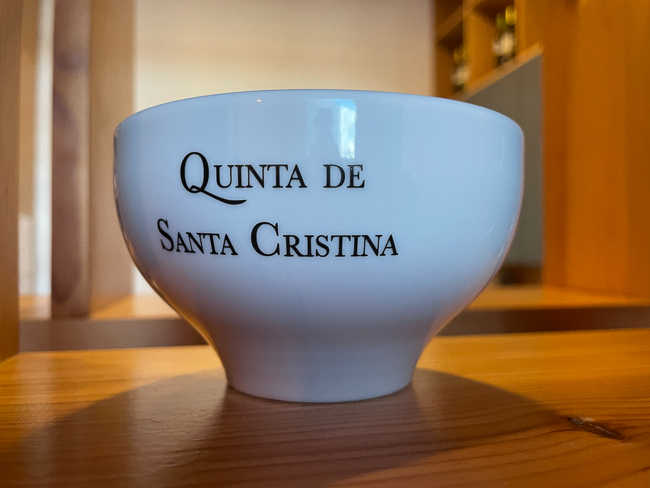
*
Amarante
Between the two wineries sits the town of Amarante on the banks of the River Tâmega. Founded as Turdetanos in 360 BCE, Amarante is one of the most ancient settlements in northern Portugal. It also prospered under the Romans.
The bridge is the focal point of the city. Built in 1790, it was the center of the 1809 resistance during the Peninsular War. For fourteen days the people of Amarante fought off Napolean’s Marshall Soult’s advance. Eventually, Soult was victorious and his army advanced and burnt down the Amarante’s houses.
The church of São Gonçalo dates to 1540. Born in Amarante at the end of the 12th century, Saint Gonçalo is mostly revered for his healing miracles. The interior of the church is lovely but I found the sculpture on the pipe organ to be rather unique.
Back in Porto
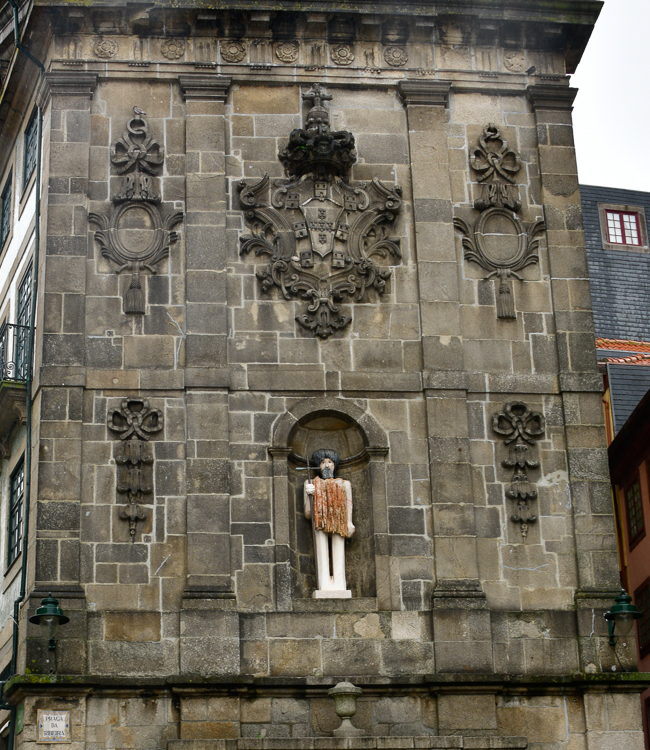
In Ribeira Plaza in Porto is this interesting fountain. It was built in the 1780s and decorated with the coat of arms of Portugal. In the niche is a statue of St John the Baptist by sculptor João Cutileiro.
Just off Ribeira Plaza, you will find this obscure plaque. In March 1808, during the Invasion of Portugal by Napoleon’s troops, under Marshal Soult (him again) the French attacked and captured Porto. Thousands of refugees drowned while fleeing the city across a pontoon bridge that collapsed.
The Peninsular War (1807–1814) was the military conflict fought in the Iberian Peninsula by Spain, Portugal, the United Kingdom, and Ireland against the invading and occupying forces of the First French Empire during the Napoleonic Wars. The war started when the French and Spanish armies invaded and occupied Portugal in 1807.
